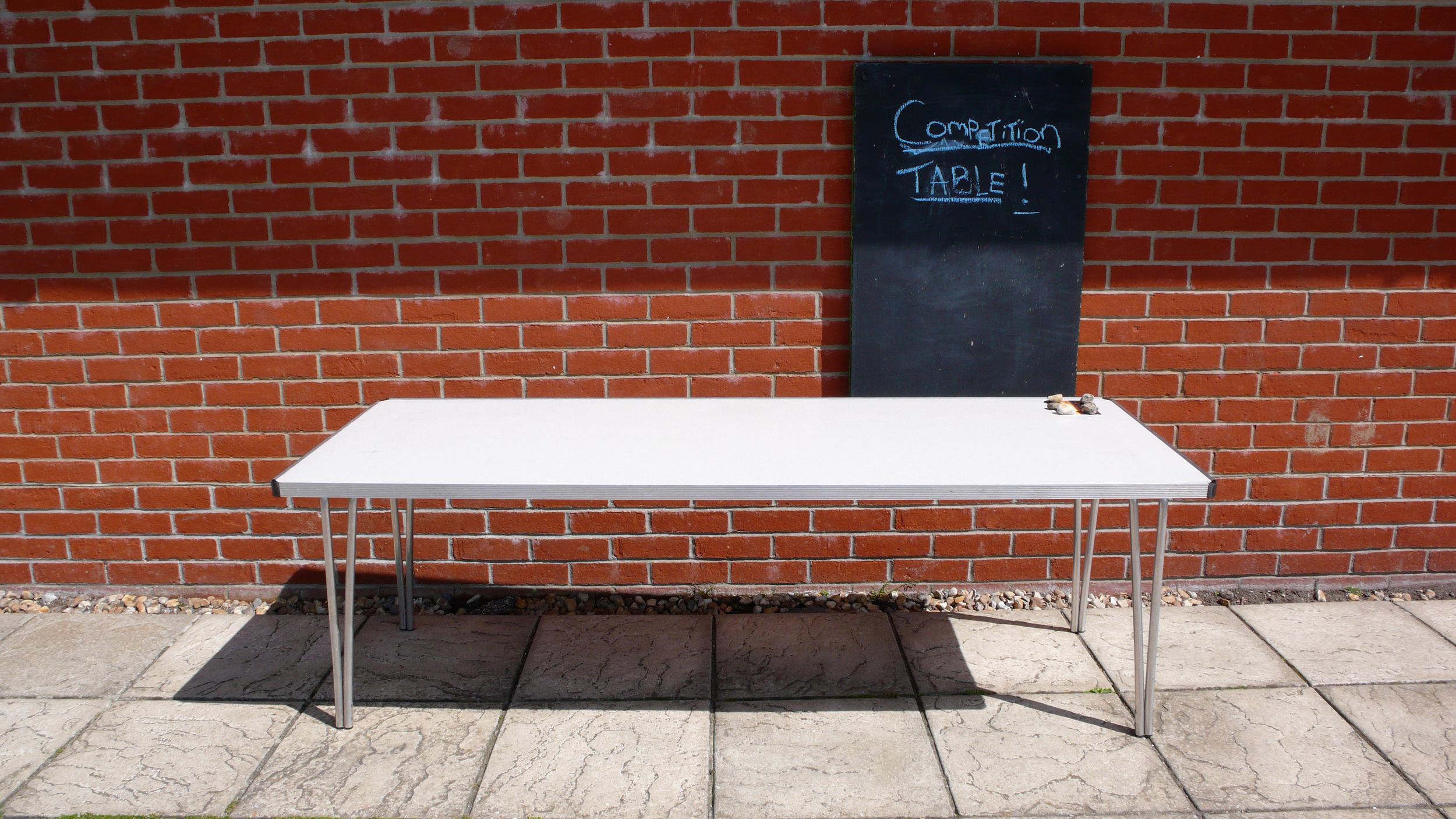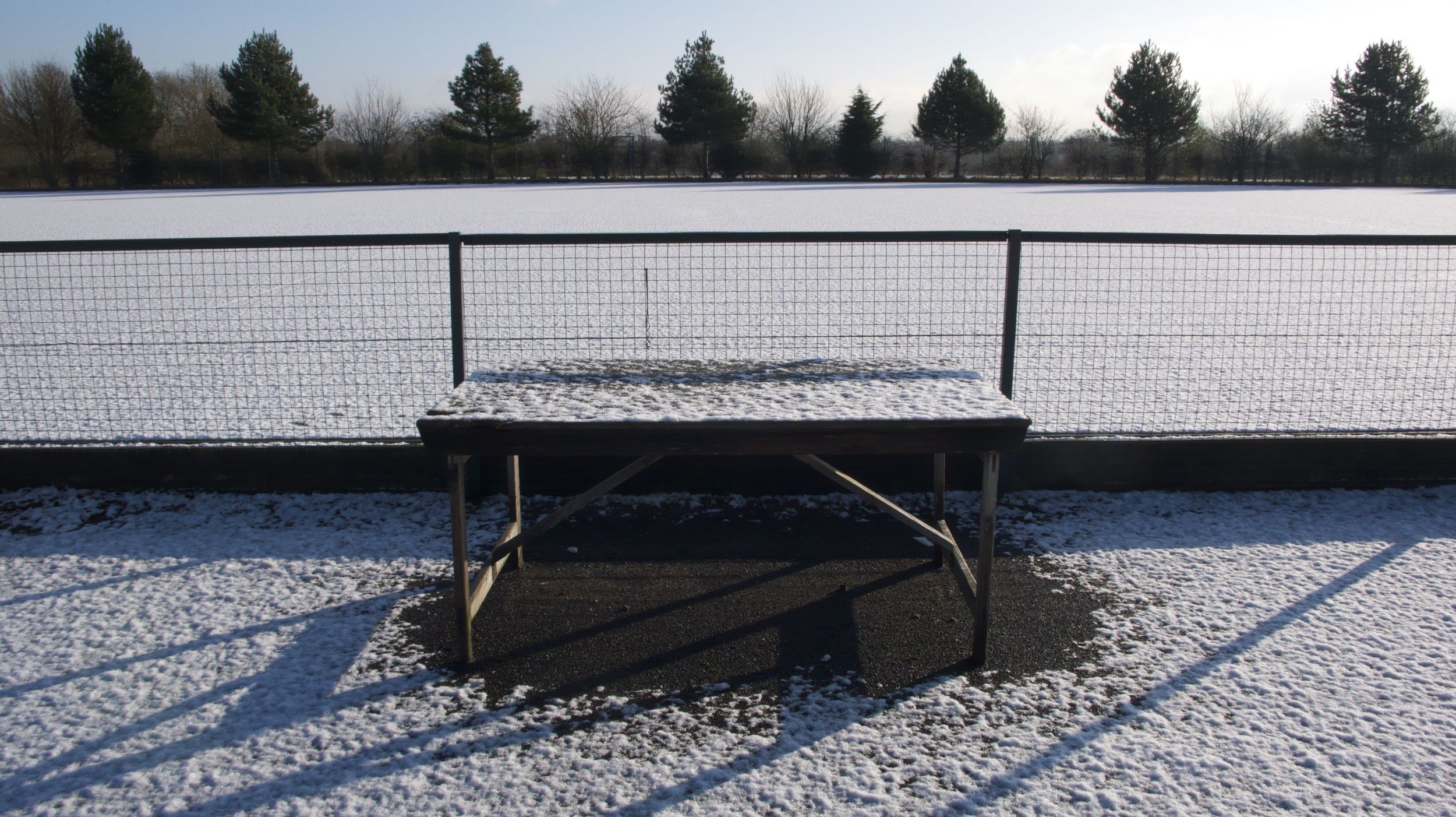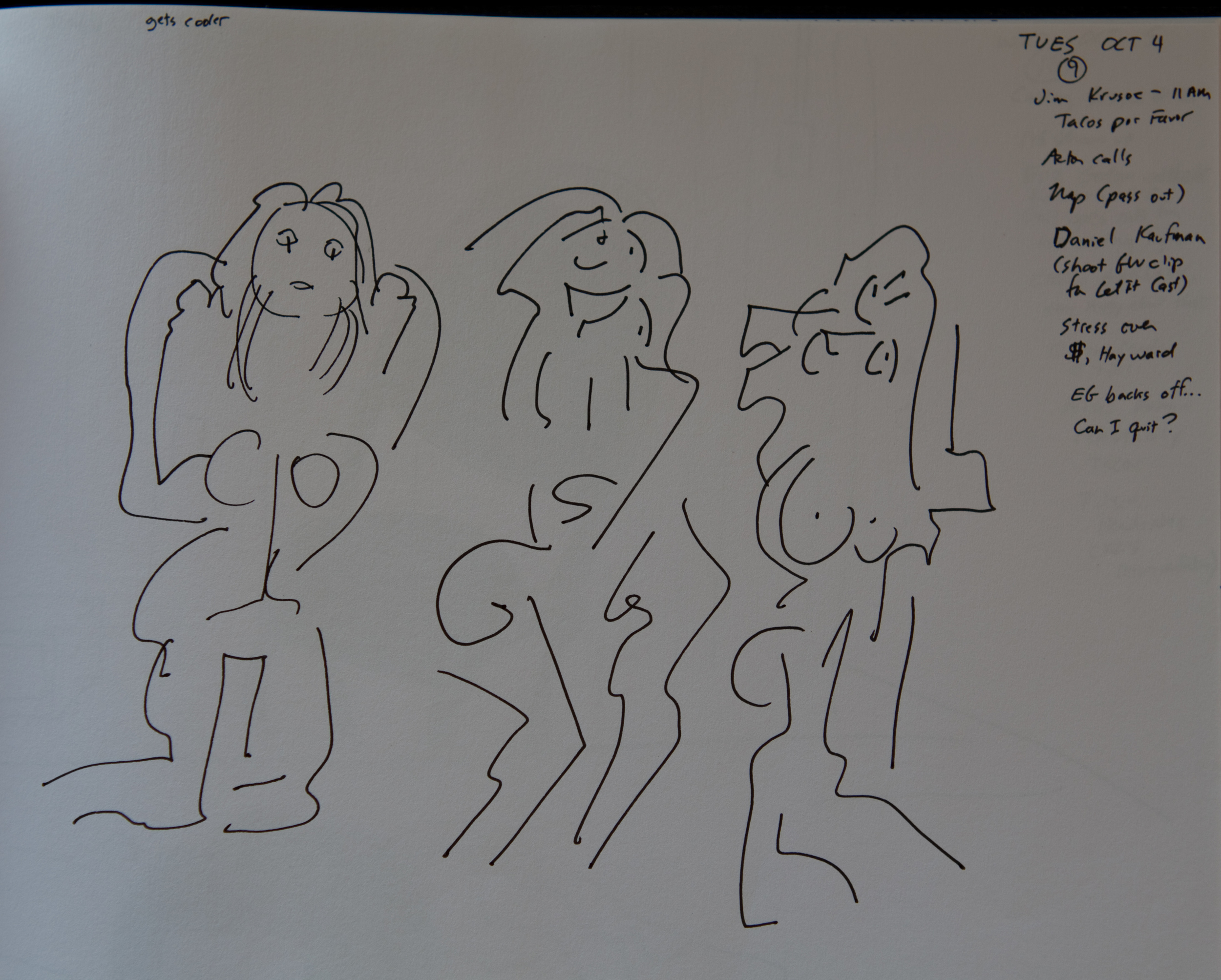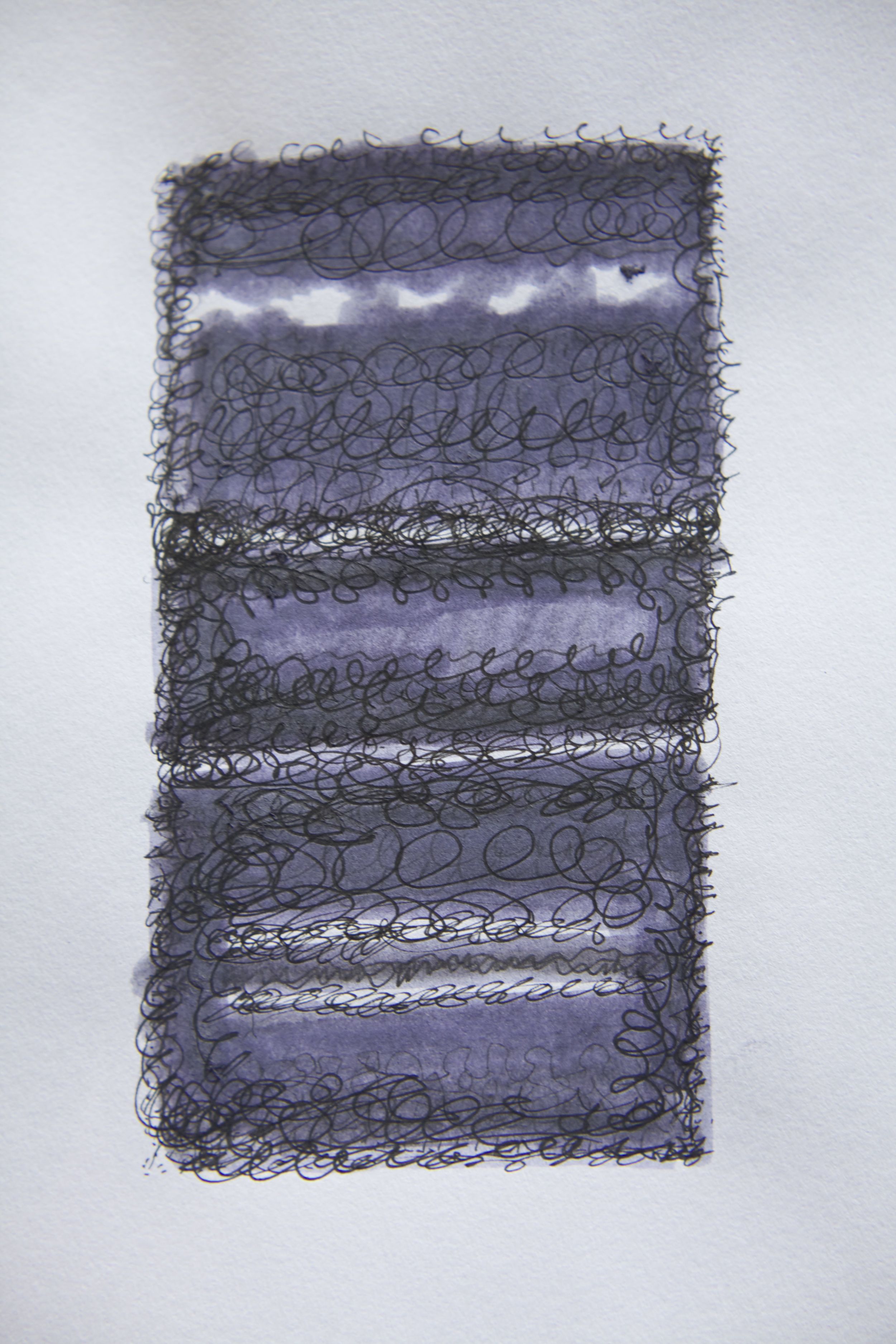Does it effect your perception of this photograph that is labelled "Santa Monica"? Would you think differently of the image if it was labelled "Panama City" or "Gary, Indiana"?
Santa Monica

Santa Monica

Paris

Laughton Summer Fete, Sussex

St. Catharine's Sports Field, Cambridge

Heathrow

Nature, Ocean Park
The nature of the photographic process - it is about failure. Most everything I do doesn’t quite make it. The failures can be intelligent; nothing ventured nothing gained. Hopefully you’re risking failing every time you make a frame.
--Garry Winogrand

Santa Monica
Dot, age four, unstaged, the image grabbed quickly before the composition fell apart, the focal plane accidental, and yet, with the luck essential to street photography, giving the image a delicate sharp spine. I don’t think Dot had heard of Noah when she arranged these animals, so chalk one up for archetypes.
I find feet very expressive, and quite neglected relative to faces. I’ve followed my daughter’s feet through childhood. I hope to follow Dot’s feet the rest of my life.
Photography is inherently an analytic discipline. Where a painter starts with a blank canvas and builds a picture, a photographer standing before houses and streets and people and trees and artifacts of a culture imposes an order on the scene -- simplifies the jumble by giving it structure. He or she imposes this order by choosing a vantage point, choosing a frame, choosing a moment of exposure, and selecting a plane of focus.

Dot, Ocean Park
--Stephen Shore, The Nature of Photographs

Palace Bowl, Houston

Vienna, 2012

October 4, 2011

Harald Eia, Oslo

Oslo Opera House, 2013

Santa Monica, October 2012

Los Angeles

Pen & Ink, Sept. 11, 2011 (from drawing journal, in the mode of Lartigue)

Smitty's Barbecue, Lockhart, Texas

Dot and Harry reading, Cambridge (and a respectful nod to Andre Kertesz for his great photographs of people reading))

My Dashboard, with sand dollars collected on beach (the sand falls out as they dry), Santa Monica, 2013